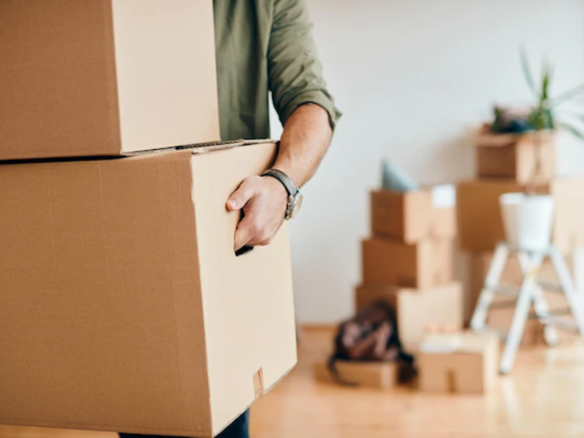Natural disasters such as storms can wreak havoc on homes and cars, leaving behind a trail of destruction and uncertainty. In the aftermath of such events, it’s crucial to know what steps to take to ensure your safety, assess the damage, and begin the recovery process promptly. Here’s a comprehensive guide on what to do when faced with damage to your home or car from a storm or natural disaster.
1. Prioritize Safety: Before assessing the damage, prioritize your safety and the safety of your family members. If your home is severely damaged or deemed unsafe, evacuate immediately and seek shelter in a designated emergency facility or with friends and family. If your car is damaged but drivable, move it to a safe location away from traffic and potential hazards.
2. Contact Emergency Services: In the event of significant damage or if anyone is injured, dial emergency services (such as 911 in the United States) immediately. Emergency responders can provide assistance and coordinate rescue efforts if necessary.
3. Document the Damage: Take photographs and videos of the damage to your home and car from multiple angles. This documentation will be valuable when filing insurance claims and assessing the extent of the damage. Be thorough in your documentation, capturing both wide shots and close-ups of affected areas.
4. Contact Your Insurance Provider: Notify your home and auto insurance providers as soon as possible to initiate the claims process. Provide them with all relevant information, including the extent of the damage, photographs/videos, and any other documentation they may require. Be sure to ask about specific coverage for storm-related damage.
5. Prevent Further Damage: Take immediate action to prevent further damage to your home or car. Cover broken windows with tarps or boards, patch roof leaks, and move undamaged belongings to a safe location if possible. For cars, cover broken windows with plastic or tape and avoid driving if the damage compromises safety.
6. Obtain Repair Estimates: Obtain estimates from reputable contractors or repair shops for the necessary repairs to your home and car. Get multiple quotes if possible to ensure you’re getting fair pricing. Keep detailed records of all estimates and communications with repair professionals.
7. Follow Through on Insurance Claims: Work closely with your insurance adjuster to assess the damage and expedite the claims process. Provide any additional documentation or information requested promptly. Keep track of all correspondence and claim-related paperwork for your records.
8. Consider Temporary Housing or Transportation: If your home or car is uninhabitable or undergoing repairs for an extended period, explore options for temporary housing or transportation. Your insurance policy may provide coverage for these expenses, so be sure to inquire with your provider.
9. Stay Informed: Stay informed about local recovery efforts, assistance programs, and safety advisories related to the natural disaster. Follow updates from local authorities and emergency management agencies to ensure you’re aware of any developments or resources available to you.
10. Focus on Self-Care: Dealing with the aftermath of a natural disaster can be emotionally and physically draining. Remember to prioritize self-care and seek support from friends, family, or mental health professionals if needed. Take breaks when necessary and allow yourself time to process the events.
By following these steps, you can navigate the challenges of dealing with damage to your home or car caused by storms or natural disasters effectively. Remember that recovery takes time, patience, and resilience, but with proper precautions and proactive measures, you can rebuild and restore your property and your life.
Please feel free to contact us at R. Alexa Group.




